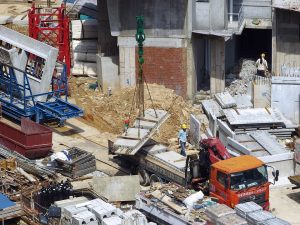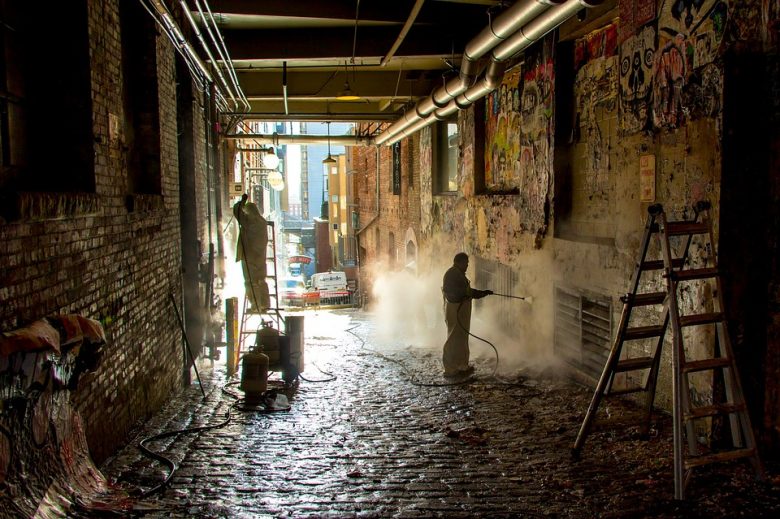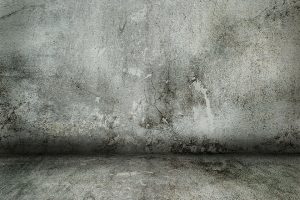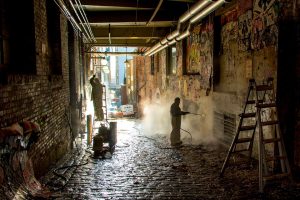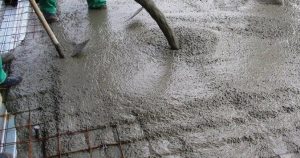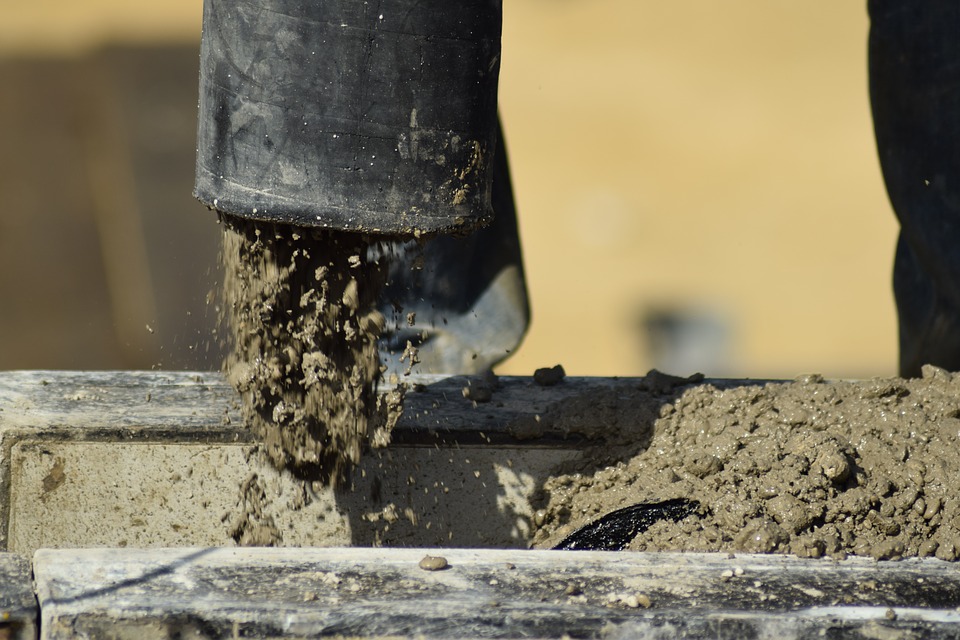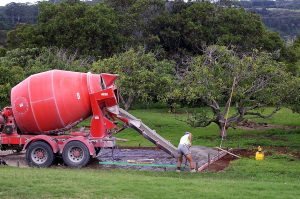Final construction cleaning continues to become more popular as an increasing number of businesses are building out or remodelling their spaces to meet higher rents and increased demands.
One of the most effective methods for managing costs is to stay in place, but the remodelling process can be quite disruptive to a business. That’s why it’s very important to have a space ready to completely move in so that a business can run at full speed as quickly as possible, and that can partly be achieved by having final construction cleaning done.
What is Post Construction Cleaning?
In contrast to typical janitorial and commercial cleaning services that focus on weekly cleaning services so that ongoing cleanliness can be maintained, the purpose of final or ‘post’ construction cleaning is to remove all types of construction materials from a certain area. This is a one-time, short-term cleaning service this is specifically designed to meet post-construction needs.

A janitorial provides several different tasks that are different than what a final construction cleaning service provides. The checklist below should help clear this up for you.
Checklist of Janitorial Services
- Floor care including vacuuming, mopping and sweeping
- Clean kitchen areas and break rooms
- Clean and sanitize the restroom including the floors, walls, faucets, counters, sinks, urinals, and toilets
- Maintain cleaning supplies inventory
- Refill supplies like soaps, toilet paper, paper towels, etc.
- Wipe down all flat surfaces to dust and clean
- Wipe down all glass surfaces
- Empty all recycling bins and trash cans
Checklist for Final Construction Cleaning
Final construction cleaning takes a more detailed approach to surfaces, corners, and windows with debris and heavy dusty, and there is a stronger focus on eliminating any safety concerns that the construction work has caused. This type of cleaning may include the following:
- Address safety issues including loose wires, exposed construction, leaks, etc.
- A detailed review of the area for any construction debris that remains
- Remove all stickers and plastic coverings from furniture, windows, etc.
- Remove and properly dispose of debris and trash
- Hardwood and tile floor care
- Frame cleaning around walkways, windows, and doors
- Trim cleaning which includes the baseboards
- Floor care with extra attention paid to debris and dust in the edges and corners
- The dry or wet dusting of heater fans and vents, lights, and ceiling fixtures
- Cleaning walls of grime, dirt, smudges, and scuff marks
- Exterior and interior cleaning and/or power washing of all tracks, frames, and windows
- Dusting all surfaces
Although final construction cleaning is a short term project it can take days or hours depending on the size and needs of the property.
So why is it so important to have Final Construction Cleaning done?
Average cleaning crews do not normally do this type of cleaning
As has been shown in the above checklist, construction cleaning goes well beyond the scope of the regular maintenance cleaning process.
It helps to ensure safety
Failing to remove construction debris from the outside and inside of the property may result in issues such as lung problems from excess indoor construction dust or damage such as tires being punctured by nails left behind in the parking lot.
Professional results are delivered
 Your remodelling contractors are responsible for a certain cleanliness level, but they usually just clear the space and not typically clean it. Stickers on windows or paint spatter are very common once a remodelling job is complete, and these are the kinds of things that final construction cleaning crews look for when doing their cleaning.
Your remodelling contractors are responsible for a certain cleanliness level, but they usually just clear the space and not typically clean it. Stickers on windows or paint spatter are very common once a remodelling job is complete, and these are the kinds of things that final construction cleaning crews look for when doing their cleaning.
Makes the space ready to move into
Before customers or employees enter your new area, it must look completely, and shouldn’t detract from any work that is being done. When post construction cleaning is performed it makes sure that all debris and dust are eliminated so that work can be picked right back up and even be better than it was before.
Cleaners with the right skills
Caulk, thick dust, adhesives, paint, and other construction materials can be left on surfaces very easily, including on floors, and the right techniques and products need to be used to clean without causing any damage. People who are trained in post-cleaning construction methods specifically have the right skills and knowledge to do the job right.
Nothing is overlooked
The cleaning crews specializing in construction cleaning are aware of what the top culprits and know where to find them. Both the exterior and interior spaces need to be cleaned thoroughly to ensure safety. Therefore it is very important that exterior walls, parking lots, and garages be power washed using a keen eye.
Cleaning through a project
Final construction cleaning may be expanded so that it also includes phase and/or rough cleaning. Typically rough cleaning is done before flooring or carpet is installed so that the sub-floor is prepared and/or after plumbing or electrical is installed so that any debris can be cleaned up before closing the walls.
Phase cleaning involves regularly planned cleaning the is done throughout the construction project to help minimize dust, debris, and dirt while work is being performed.
Whether you need maintenance support, commercial cleaning services on an ongoing basis, or temporary construction cleaning, we are here to assist your business to help you obtain and maintain the level of cleanliness that you want and need.

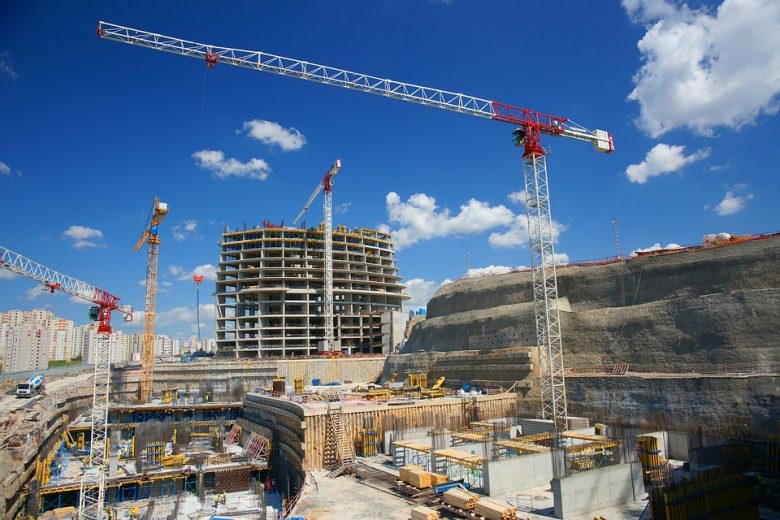
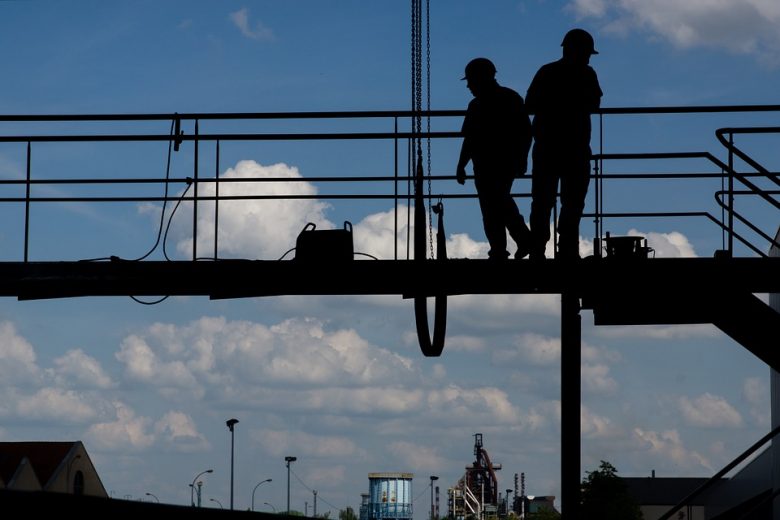
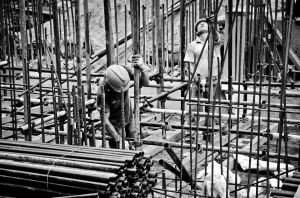
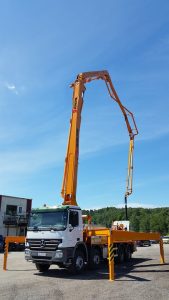 Not only does concrete pumping make a concrete pour more consistent and convenient it also helps to improve on-the-job safety. With the ready-mix trucks stay at the curb, and away from excavations, embankments, and other dangerous obstructions so that concrete may be placed precisely where you need it.
Not only does concrete pumping make a concrete pour more consistent and convenient it also helps to improve on-the-job safety. With the ready-mix trucks stay at the curb, and away from excavations, embankments, and other dangerous obstructions so that concrete may be placed precisely where you need it.